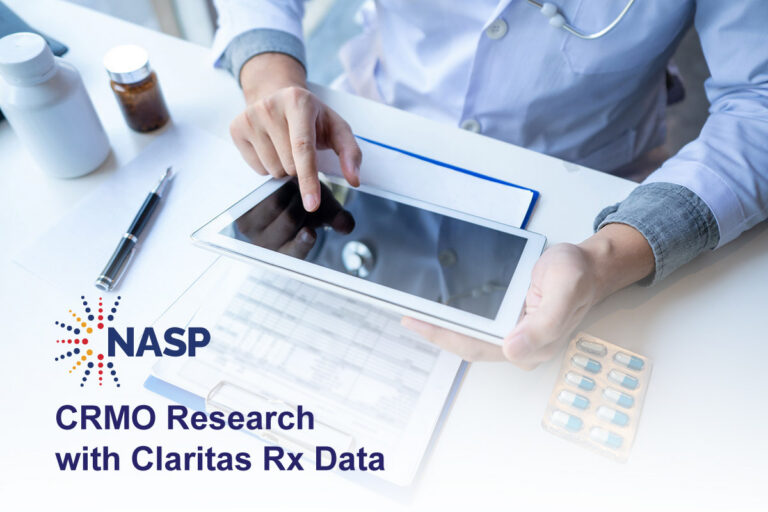Navigating the complex world of pharmaceutical distribution can be daunting for market access teams and pharmaceutical professionals. At the heart of this complexity lies the buy-and-bill model, a predominant method for distributing provider-administered drugs. This blog post aims to clarify how the buy-and-bill model works, explore its benefits and challenges, and provide insights into emerging trends and alternatives in pharmaceutical distribution. By understanding these intricacies, you can make more informed decisions that ultimately benefit your organization and the patients you serve.
What is the Buy and Bill Model?
The buy-and-bill model is a process where healthcare providers purchase, store, and administer drugs to patients. After administering the drug, the provider submits a claim to a third-party payer for reimbursement. This model allows providers to maintain control over the drug inventory and ensures timely administration to patients. However, it also comes with financial risks and administrative burdens that need careful management.
The Role of Rebates in the Buy and Bill Model
Rebates play a significant role in the buy-and-bill model, particularly for provider-administered injectable and infused drugs. A report from PSG on trends in specialty drug benefits states that for 2023, one-third of employers and two-thirds of commercial health plans reported receiving rebates for these drugs under the medical benefit. These rebates have grown in importance as innovator products compete with biosimilars. A recent article from Drug Channels states that The Inflation Reduction Act has further impacted the landscape by requiring manufacturers to pay rebates on single-source Part B drugs with prices rising faster than inflation.
Alternative Distribution Approaches
White Bagging
White bagging involves a specialty pharmacy shipping a patient’s prescription directly to the provider. The provider holds the product until the patient arrives for treatment. This approach shifts the financial risk from the provider to the specialty pharmacy but can introduce logistical challenges.
Brown Bagging
In brown bagging, the patient picks up the prescription at a pharmacy and takes it to the provider’s office for administration. While this method can reduce costs for payers, it raises concerns about the proper handling and storage of drugs by patients.
Clear Bagging
Clear bagging has emerged as a popular alternative, especially for practice- and hospital-owned specialty pharmacies. In this model, the provider’s internal specialty pharmacy dispenses the patient’s prescription and transports the product to the location of administration. This approach maintains control within the provider’s system and reduces logistical challenges.
The Impact of Specialty Pharmacies
Specialty pharmacies have gained a foothold in managing and distributing provider-administered specialty drugs. Major health plans, including UnitedHealthcare, have implemented white bagging programs for commercial plan members, covering a wide range of specialty and oncology drugs. However, the adoption of these programs has been met with resistance from providers due to the financial implications.
Market Trends and Data Insights
Current Trends
For 2024, payers report that specialty pharmacies have displaced buy-and-bill for a significant share of commercial covered lives utilizing provider-administered oncology drugs. Despite this shift, provider pushback has limited the gains of specialty pharmacies, ensuring that buy-and-bill remains the most common channel for these products.
Comparative Data
Data from MMIT’s Oncology Index shows that buy-and-bill remains the dominant method for sourcing provider-administered drugs in physician offices and hospital outpatient departments. Over the past five years, the share of covered lives using white bagging has remained relatively stable, with minimal shifts in usage.
The Financial Implications
Providers’ Perspective
Providers face financial challenges with the buy-and-bill model, as they cannot earn a profit margin on drugs delivered through external specialty pharmacies. Consequently, only 49% of hospitals permit white bagging, while 94% allow clear bagging. Legislative efforts in several states aim to prohibit white bagging policies, reflecting providers’ opposition.
Patients’ Perspective
Patients also experience financial impacts from white bagging. Studies indicate that while white bagging lowers payers’ costs, it increases patients’ out-of-pocket expenses. This is due to the higher coinsurance and deductibles associated with pharmacy benefit plans compared to medical benefit plans.
Regulatory and Legislative Considerations
The regulatory landscape for pharmaceutical distribution is evolving. The Inflation Reduction Act introduces new rebate requirements for drugs covered under Medicare Part B, potentially affecting the financial dynamics of the buy-and-bill model. Additionally, state-level legislative efforts aim to address the challenges and disparities introduced by alternative distribution approaches like white bagging.
Market Access Strategies
Market access teams play a critical role in navigating the evolving landscape of pharmaceutical distribution. To adapt to the changing dynamics, teams must develop strategies that address the challenges posed by both the buy-and-bill model and specialty pharmacies.
One key consideration is understanding payer adoption of white bagging and how it impacts provider operations. Market access teams should work closely with payers to ensure that reimbursement processes are streamlined and that providers are adequately compensated for their services.
Additionally, market access teams should engage with healthcare providers to address their concerns and provide support in managing the financial and operational aspects of drug distribution. Building strong relationships with providers can help mitigate pushback and ensure that patients continue to receive timely and effective treatments.
Looking Ahead: Implications for the Future
The future of the buy-and-bill model and pharmaceutical distribution is likely to be shaped by ongoing advancements in technology and changes in healthcare policies. The increasing use of AI and data analytics can help streamline the distribution process, improve reimbursement accuracy, and enhance patient outcomes.
Furthermore, policy changes aimed at reducing drug prices and improving patient access will play a significant role in shaping the landscape. Market access teams must stay informed about these developments and adapt their strategies to ensure that patients continue to receive the treatments they need.
Conclusion
The buy-and-bill model remains a crucial component of pharmaceutical distribution, particularly for provider-administered drugs. Understanding the intricacies of this model, along with emerging trends and alternatives, is essential for market access teams and pharmaceutical professionals. By staying informed and adapting to changes in the regulatory landscape, you can make strategic decisions that benefit both your organization and the patients you serve.
Image by parilovv / www.123rf.com



